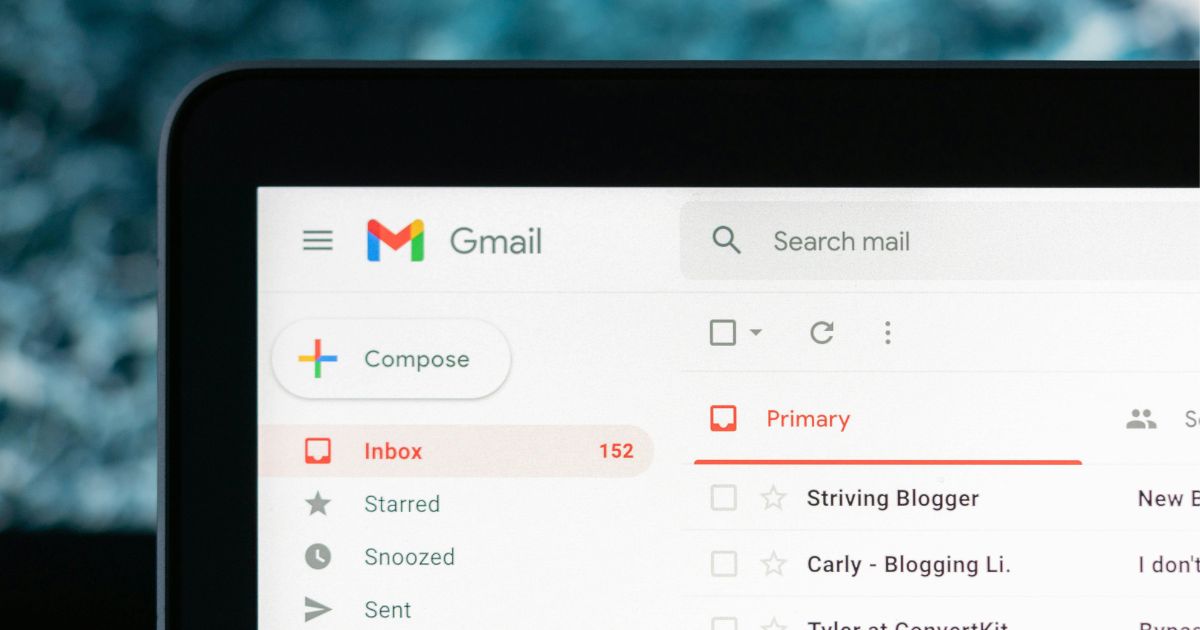Beyond Email: Smarter Ways to Work Together and Keep Everyone on the Same Page
Still relying on email for teamwork? Discover how smarter collaboration tools can help you streamline communication, reduce clutter, and keep everyone on the same page.
Still relying on email for teamwork? Discover how smarter collaboration tools can help you streamline communication, reduce clutter, and keep everyone on the same page.

In today’s fast-paced business world, effective communication is the backbone of productivity. Yet, many teams still rely on email as their primary collaboration tool, leading to cluttered inboxes, lost information, and inefficient workflows. If you find yourself constantly digging through email threads or struggling to keep track of project updates, it may be time to rethink how your team collaborates.
Email was never designed for real-time collaboration. While it’s useful for external communication, relying on email for internal teamwork creates several challenges:
Instead of relying solely on email, businesses can streamline teamwork using dedicated collaboration tools that centralize communication and improve efficiency. Here are some powerful alternatives:
A client portal or partner portal, like Ziggu.io, serves as a centralized hub where teams, clients, and external stakeholders can communicate, share documents, and track project progress, all in one place. Unlike email, portals keep everyone aligned with the latest updates, reducing the risk of miscommunication and duplicate work.
Tools like Trello, Asana, and Monday.com help teams track tasks, set deadlines, and assign responsibilities. Instead of searching through emails, team members can see real-time progress on a shared dashboard.
Platforms like Slack and Microsoft Teams facilitate instant communication, reducing the back-and-forth of email threads. These tools allow for organized conversations by topic, keeping discussions focused and searchable.
Google Drive and Notion enable teams to work on the same document simultaneously, eliminating the confusion of multiple versions. Instead of emailing attachments, users can make live edits and leave comments directly in the document.
Adopting smarter collaboration tools isn’t just about reducing email overload, it’s about improving efficiency and clarity. Here’s how businesses can ensure seamless teamwork:
Relying solely on email for collaboration is a recipe for inefficiency. By integrating smarter communication and project management tools, teams can reduce clutter, enhance productivity, and ensure that everyone stays on the same page. If you’re ready to move beyond email and streamline your team’s workflow, investing in a centralized collaboration platform could be the game-changer your business needs.